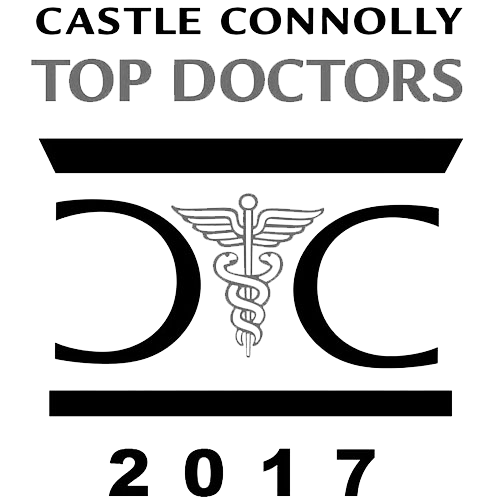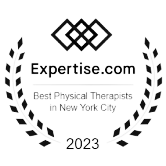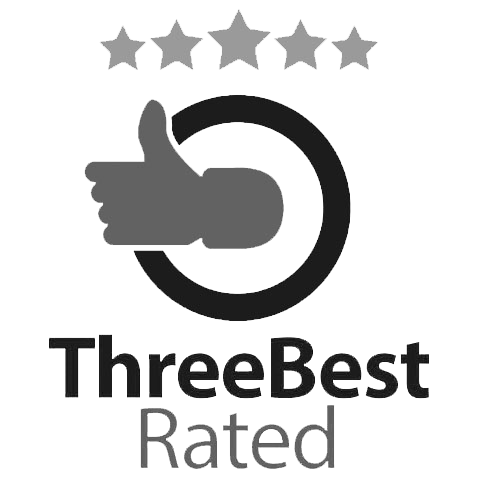Although walking and running seem pretty basic, both require highly coordinated and complex interactions between your muscles, bones, joints and connective tissue, all orchestrated by your Central Nervous System, or CNS. Gravity and other internal and external forces also play a role, governing how we maintain stability while standing, walking and running.
When any of the structures of the musculoskeletal system associated with human movement become injured or otherwise impaired, it dramatically alters how those structures interact, degrading movement quality and causing instability or even disability.
Fortunately, unlike an inanimate machine, the human body has more joints and muscles than it needs for performing basic motor skills, and we are able to recruit alternative strategies to achieve our objectives. But relying on compensatory mechanisms will ultimately result in reduced gait efficiency and its negative consequences.





































